The Belt and Road Film Week | A Journey through Time: International Filmmakers Immerse in Pudong’s Charm
At 9 a.m. on June 20, three buses adorned with the main visual posters of the 27th Shanghai International Film Festival’s Belt and Road Film Week slowly departed from the Crown Plaza Shanghai. True to this year’s theme, “Traveling through Cinema”, nearly 60 filmmakers from over 30 Belt and Road partner countries embarked on a captivating one-day “Charm Pudong Tour”.

From the millennia-old Xinchang Ancient Town, which dates back to the Tang Dynasty, to the exotic-themed Bicester Village Shanghai, and finally to the Museum of Art Pudong along the Huangpu River - offering panoramic views of the Bund’s architectural splendor - the international guests traversed centuries in a single day. Guided by the lens of cinema, they immersed themselves in Pudong’s past and present, tradition and modernity, savoring both the vibrancy of local life and the cutting edge of artistic expression.
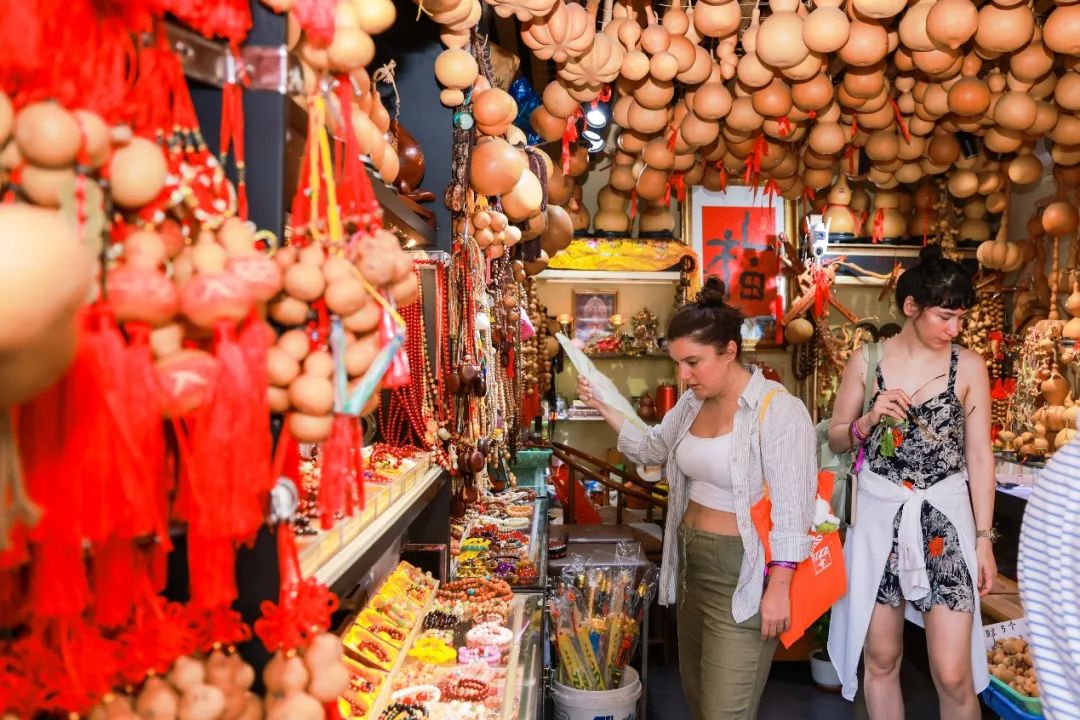
The first stop on the “Charm Pudong Tour” was Xinchang Ancient Town, where 150,000 square meters of well-preserved historical architecture and Jiangnan water-town scenery awaited. As the filmmakers strolled down the main stone-paved street, their eyes were drawn to the countless small shops lining the way. Every now and then, someone would pause, pointing at local delicacies like zongzi, braised pork knuckle, or stinky tofu being hawked by vendors, and ask their volunteer guides, “What’s this?” Meeting the foreigners’ eager curiosity, the shop owners would smile knowingly, slicing off small samples for them to try. One filmmaker, captivated by a store specializing in handcrafted gourds, stepped inside clutching a newly purchased folding fan. As the volunteer explained – “In Chinese culture, gourds symbolize luck and prosperity” - the visitor promptly decided to take home a small gourd pendant as a keepsake.
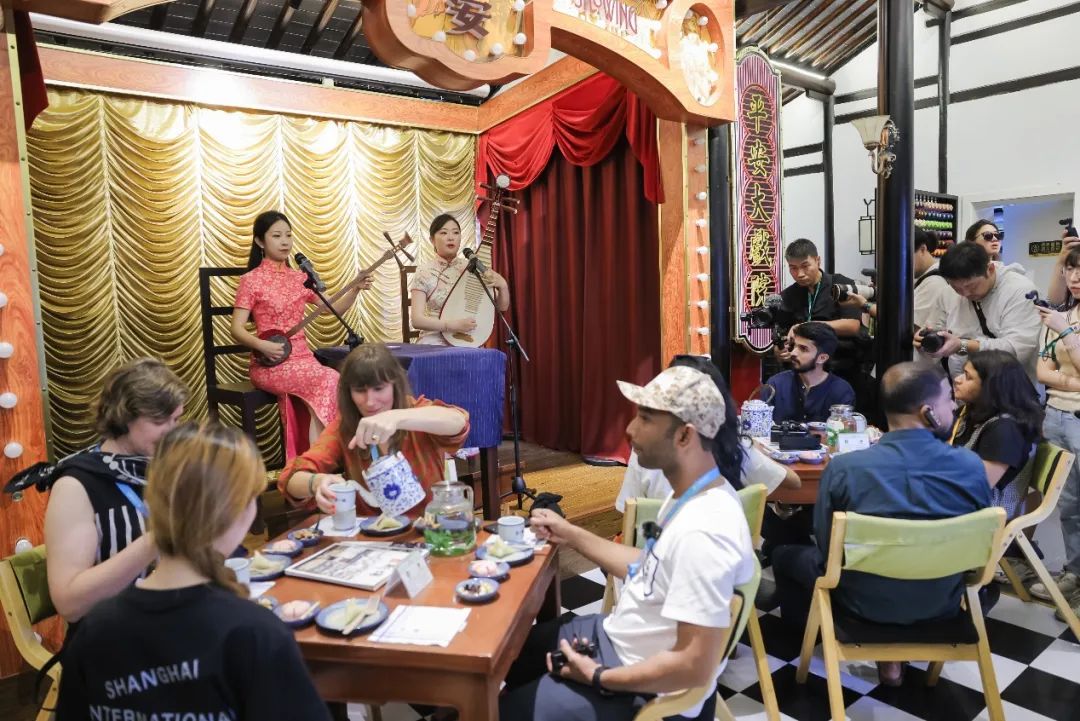
At the first-floor tea house, the melodies of pipa and sanxian already filled the air. Two performers from the Shanghai Pingtan Troupe were holding a residency at this century-old storytelling venue. To welcome the international filmmakers, they specially performed Jasmine Flower - a Jiangnan folk tune known worldwide. The guests savored bite-sized pastries served on delicate plates while listening intently. At the visitors’ request, the artists then sang Scenery of Qinhuai. By the end of the second piece, the audience was visibly immersed in the leisurely rhythms of the water town.
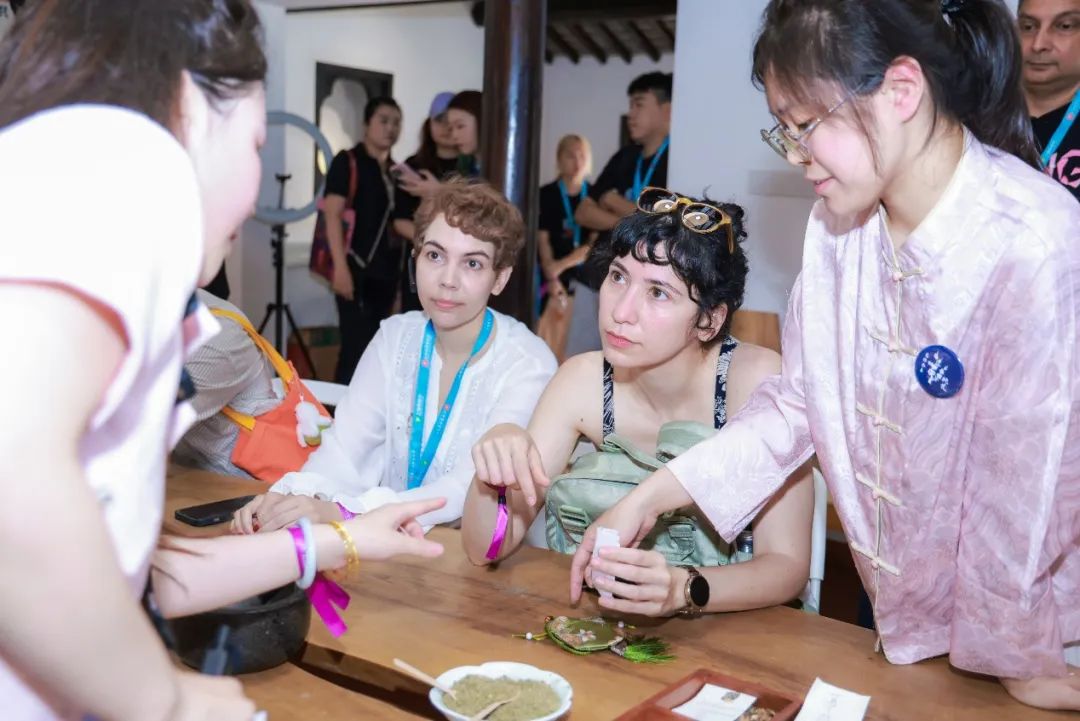
At the Shanghai-Style Traditional Chinese Medicine Culture Exhibition, staff prepared a hands-on sachet-making activity. Through simple steps - selecting herbs, trying their fragrance, grinding, filling pouches, and tying them - each guest crafted a fragrant emblem of Chinese culture. One Indian filmmaker curiously asked, “What’s this for? Can I brew it in water?” A staff member smiled and explained, “These sachets carry two meanings: first, they convey blessings to friends; second, in Chinese tradition, they’re believed to ward off misfortune.” The visitor promptly tightened the drawstring and carefully tucked it into his bag.
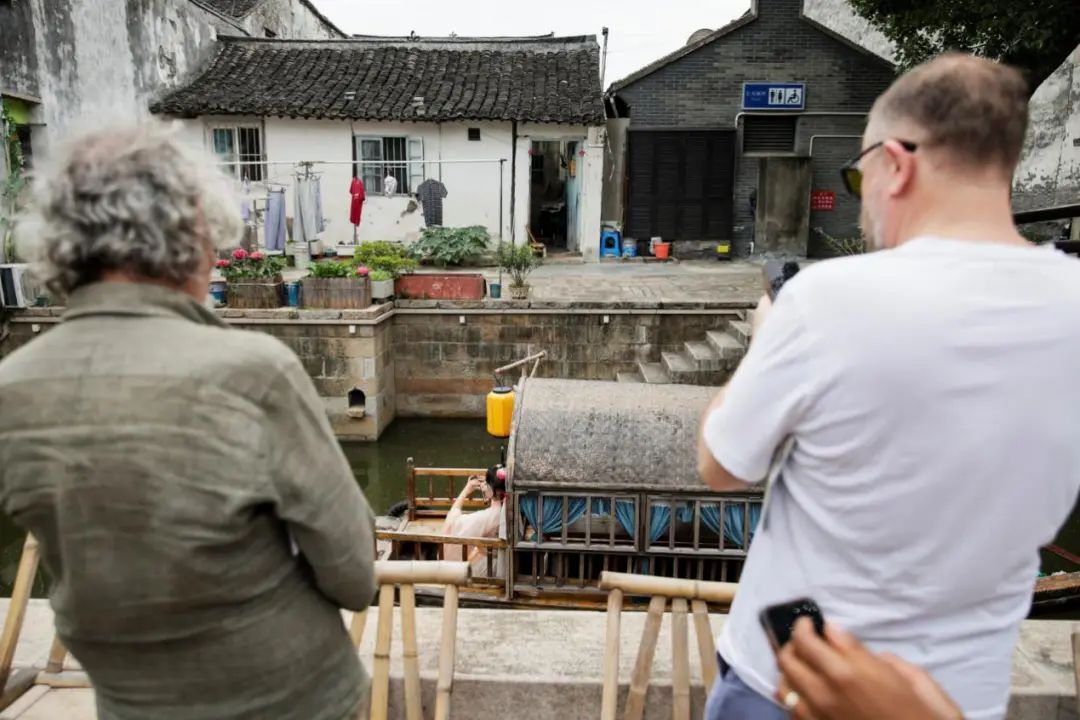
As the group reached a stone bridge, a serendipitous scene unfolded: a tourist in Hanfu played the bamboo flute from a boat’s prow, while her companion filmed from the shore. Many filmmakers paused to capture the boat gliding beneath the bridge, the flute’s melody intertwining with the soft splash of oars. Without a word, this moment planted a seed of Chinese culture in their hearts.
Xinchang Ancient Town left a very deep impression on international filmmakers during this trip. In an interview with reporters, producer Pablo Iraola, who was visiting China - and Shanghai - for the first time, said: “It’s amazing, simply unbelievable! In such a modern city, surrounded by skyscrapers, there exists such an ancient little town. How did you manage to preserve this?”
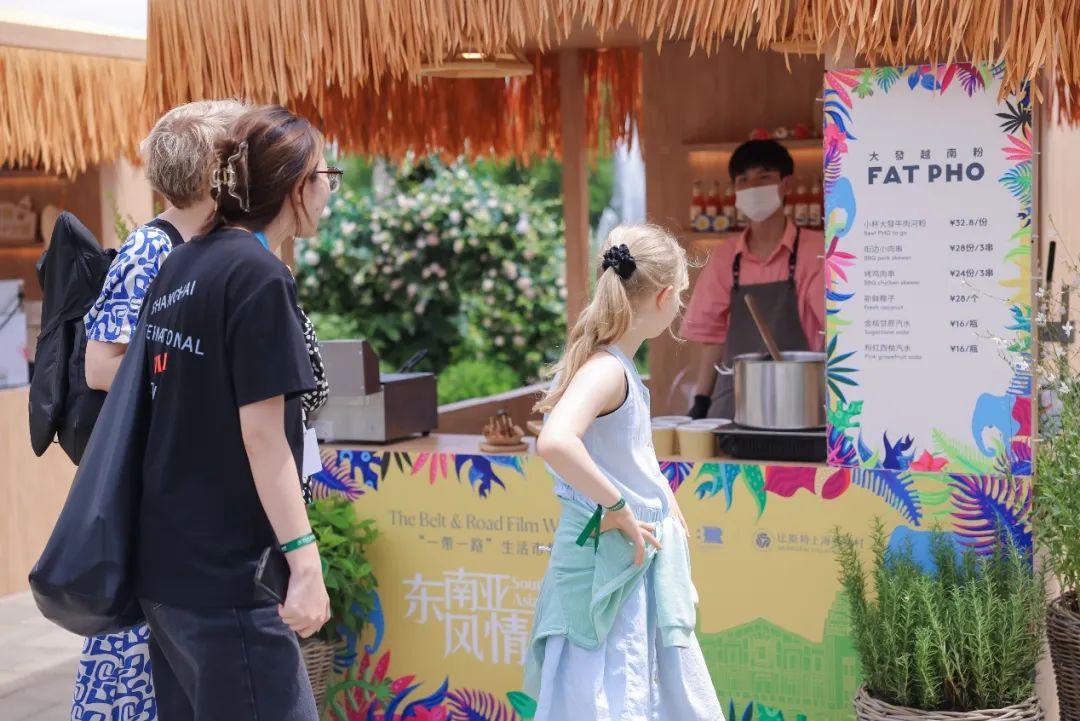
Leaving the ancient town, the guests took a bus to the Bicester Village Shanghai near the Disney Resort for lunch. Right in front of the restaurant, at the lakeside square, the Southeast Asian-themed Market brought together a variety of boutique stalls with distinct Southeast Asian characteristics, offering visitors Southeast Asian-style cuisine and creative desserts. Among the crowd strolling through the market after lunch, filmmakers from Southeast Asia led the way, enthusiastically introducing the flavors of their hometowns to their peers from other regions. They all marveled, “We can enjoy authentic Southeast Asian food even here in Shanghai!”
Leaving behind the leisure of the Shanghai International Resort, the international filmmakers changed into suits and evening gowns as the bus drove into Lujiazui at dusk. Beneath the iconic “Three Towers”, the massive 18-meter-high mirrored glass façade of the Museum of Art Pudong reflected the century-old charm of the Bund on the opposite bank. Inside the museum, two of Shanghai’s most anticipated art exhibitions of 2025 - Paths to Modernity: Masterpieces from the Musee d'Orsay, Paris and Chen Yifei: A Retrospective on Art and Legacy - were grandly on display.
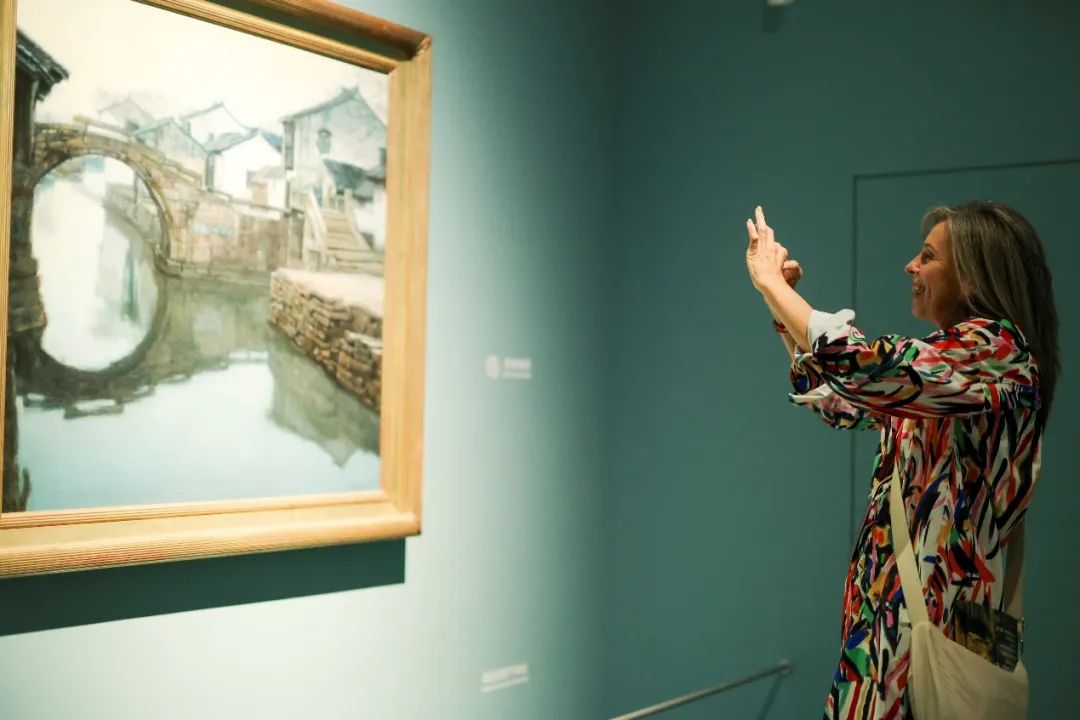
Before the spectacular “Charm Pudong Gala Night” officially began, the filmmakers, guided by museum staff, toured the two major exhibitions. Van Gogh, Monet, Millet, Cézanne, Gauguin, Manet - the names of legendary artists filled the halls. Not only were these masterpieces rarely seen by Chinese audiences, but many filmmakers from Belt and Road partner countries also saw so many world-renowned works in one exhibition for the first time. In the Chen Yifei: A Retrospective on Art and Legacy exhibit, the filmmakers were even more attentive. For themes and expressions they were less familiar with, they showed a natural curiosity and sensitivity. To them, this was also a perfect opportunity to gain a deeper understanding of China - its culture and its art.
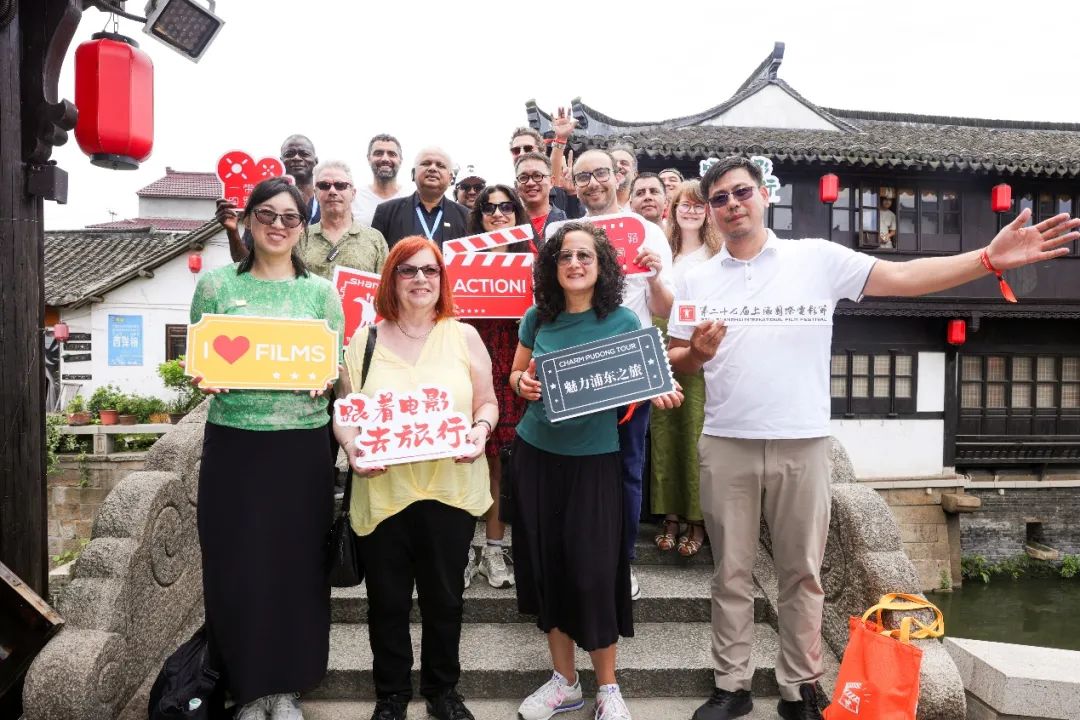
Hungarian director and screenwriter Bálint Szimler thoroughly enjoyed the “Charm Pudong Tour” journey. He said: “I had heard that many films were shot in Shanghai, and now I finally understand why - it’s an amazing place. I hope I can return one day to shoot a film here. This event brought together filmmakers from many different countries. We talked a lot about making movies, but also about culture and life beyond cinema. It was a real highlight of my career.” Estonian director Liina Trishkina also felt a unique sense of harmony throughout the trip. “This city is striving to look to the future, but at the same time, it wants to preserve the wisdom of its traditional culture. I really admire that mindset.”

The Belt and Road Film Festival Alliance was initiated by the Organizing Committee of SIFF and was established in 2018, currently consisting of 57 member institutions from 50 countries. Against the backdrop of the Belt and Road Initiative, the alliance focuses on reciprocal film recommendations and filmmaker exchanges, and aims to enhance the capabilities of film curation, promote mutual understanding among filmmakers, facilitate film cooperation projects, strengthen exchanges in film culture among countries, establish a close information-sharing mechanism, and explore future development models for film festivals.
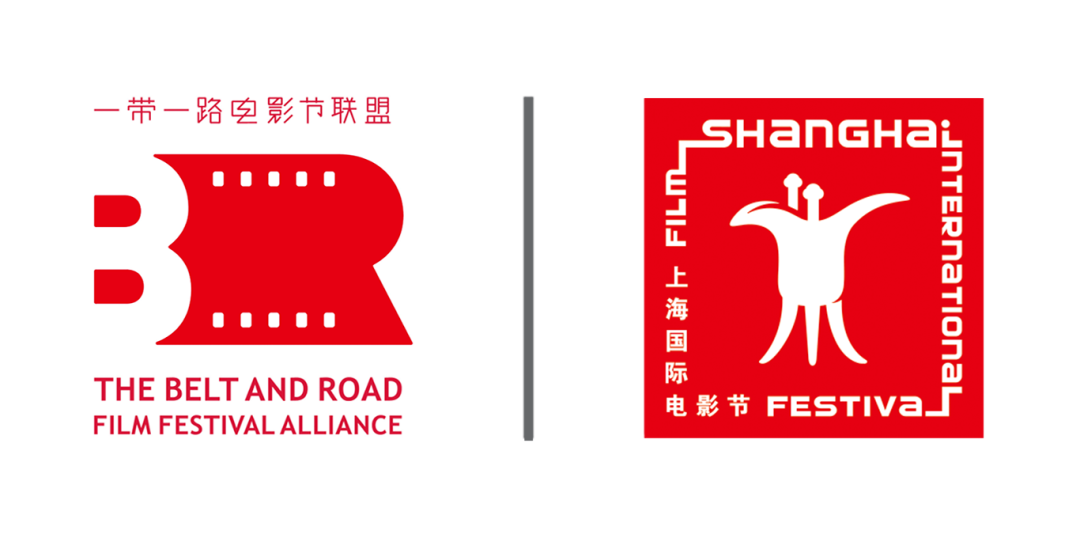
Civilization thrives through exchange and mutual learning. Since the establishment of Belt and Road Film Festival Alliance, SIFF, together with the Publicity Department of the CPC Pudong New Area Committee (District Cultural, Sports and Tourism Bureau), and the Administrative Committee of Shanghai International Resort, has teamed up to organize the Belt and Road Film Week, and created a mechanism with the Belt and Road Film Tour, effectively promoting two-way exchanges and mutual learning between filmmakers and film cultures along the Belt and Road route, and further enhancing cultural exchanges and people-to-people bonds among countries along the route.







